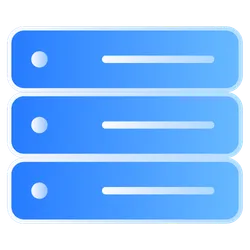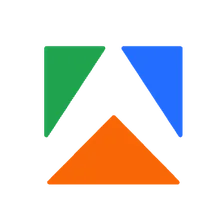Example Web Server
Pricing
Pay per usage
Go to Apify Store
Example Web Server
This example demonstrates how to use web server in actor as communication channel with outer world. Read more at Apify docs https://docs.apify.com/actors/running#container-web-server
4.8 (3)
Pricing
Pay per usage
5
50
2
Last modified
a year ago


